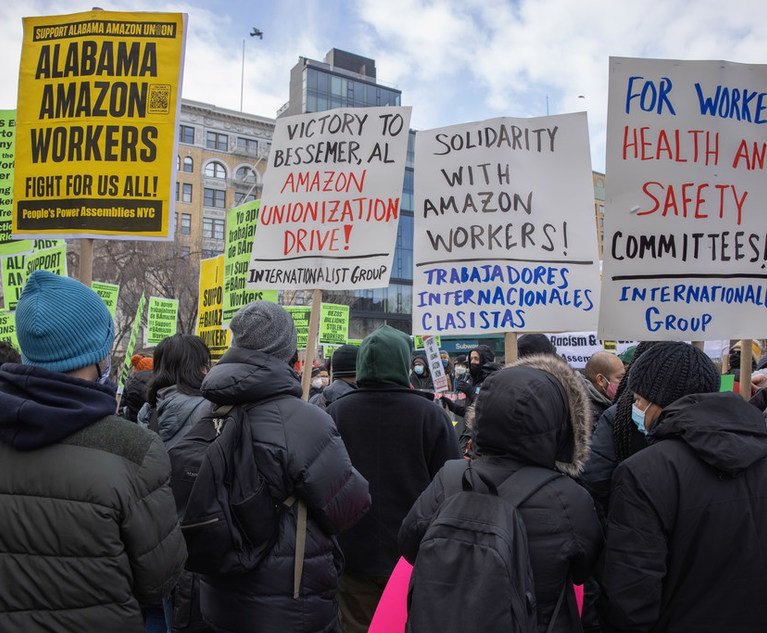Prior to November, most polls predicted a strong Democratic sweep establishing a mandate for Democrats to implement their agenda through Congress. Election Day yielded a much different result, with a Biden win, but Republican gains in the House and what appeared would be a slim Republican majority in the Senate. Surprisingly, after the election conspiracies and the January 5 Georgia runoffs, the Democrats won a Senate majority with Vice President Harris casting the deciding vote.
What does the narrow Democratic Senate majority mean for labor and employment? The Democrats’ margin in the Senate is smaller than in 2009 when Obama became President with a slightly larger Democratic majority. The filibuster blocked most of the Democrats’ progressive legislative action in the Senate, such as the Employee Free Choice Act, and most labor and employment law changes came through administrative action.










